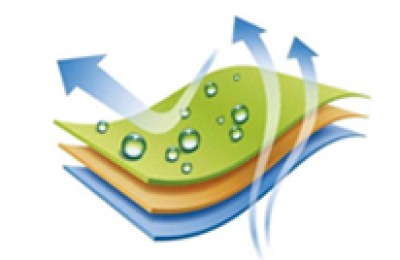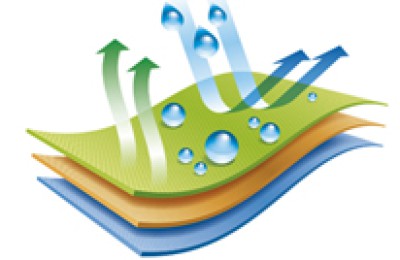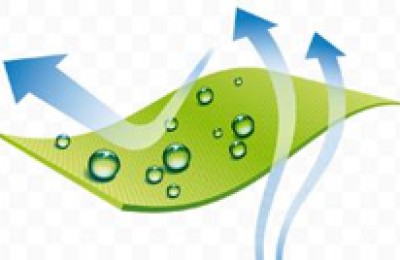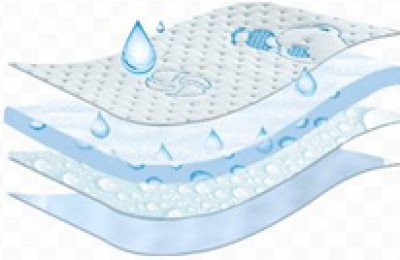35. Liquid ammonia finishing can produce a mercerizing effect on cotton fibers. What is the difference between it and the mercerizing effect produced by caustic soda acting on cotton fibers?
Answer Liquid ammonia is a kind of liquid with a small relative molecular weight. It can penetrate into the fiber and cause the fiber to swell evenly, thereby relaxing the various stresses experienced during the finishing process of the fabric. The deformation caused during the finishing can be positively restored, so that the fabric can be restored. Dimensional stability improves the degree of directional arrangement among fiber molecules. From the perspective of the microstructure of the fiber, the interaction between cellulose and caustic soda mainly occurs in the ordered areas of the fiber, while the interaction between liquid ammonia and cellulose can not only produce “inter-bundle puffing”, but also “intra-bundle puffing”, causing the inside and outside of the fiber to The puffing is uniform, which overcomes the surface treatment effect of caustic soda and cellulose, as well as the hard and rough feel. Liquid ammonia and cellulose form hydrogen bonds, while caustic soda and cellulose form sodium cellulose (Cell-ONa).
Cotton fiber and concentrated caustic soda generate alkali cellulose and cellulose alcohol compounds when the yarn is finished, while liquid ammonia generates ammonia cellulose when the yarn is finished. Ammonia cellulose can generate cellulose l under the action of water and heat. and cellulose III. It can be seen from the X-ray diffraction spectrum that the fibers after caustic soda silk become cellulose, while the disordered areas of the fibers after liquid ammonia silk increased, forming a large amount of disordered cellulose III, which is related to cellulose tools. Different cellulose microstructures, the position, size and crystal lattice of the crystalline regions also change. The changes in cellulose microstructure are related to the deamination method. After ammonia is expanded, dry heat is used to remove ammonia to mainly produce cellulose III, and water washing to remove ammonia mainly produces cellulose III. The former can significantly improve the resilience and dimensional stability of cellulose fiber fabrics, while the latter is beneficial to improving the gloss and coloring properties of cellulose fiber fabrics. Therefore, the silk finishing effect produced by caustic soda and cotton fiber is not exactly the same as that of liquid ammonia.
AAANHGMKJLOI87
Disclaimer:
Disclaimer: Some of the texts, pictures, audios, and videos of some articles published on this site are from the Internet and do not represent the views of this site. The copyrights belong to the original authors. If you find that the information reproduced on this website infringes upon your rights, please contact us and we will change or delete it as soon as possible.
AA







